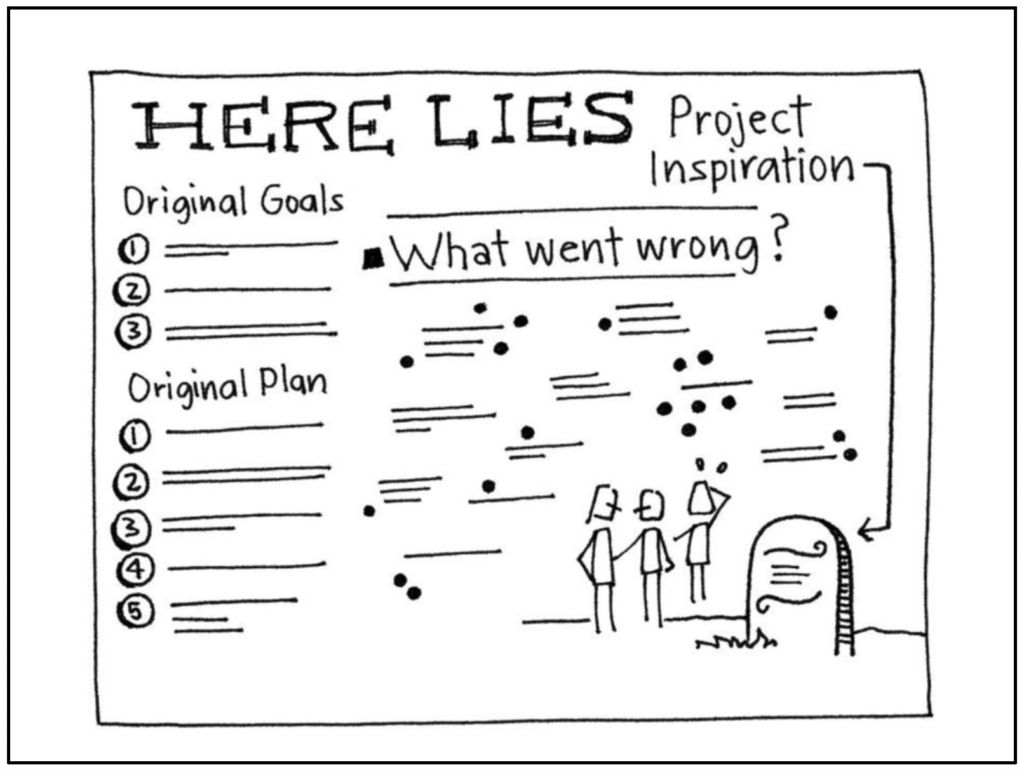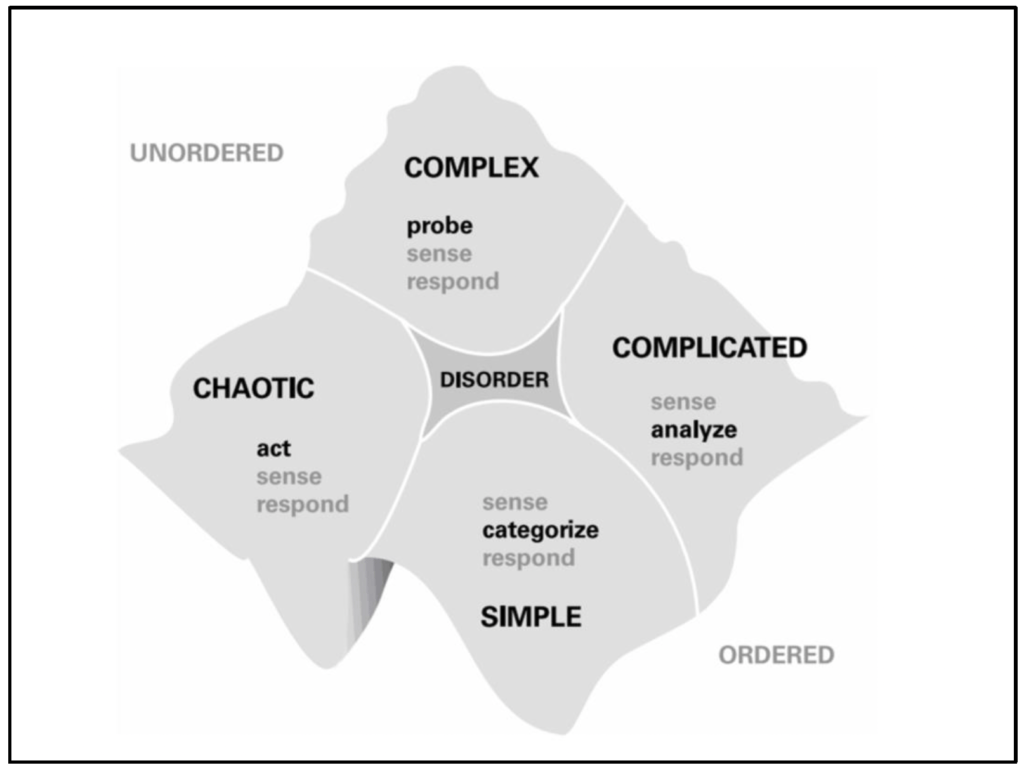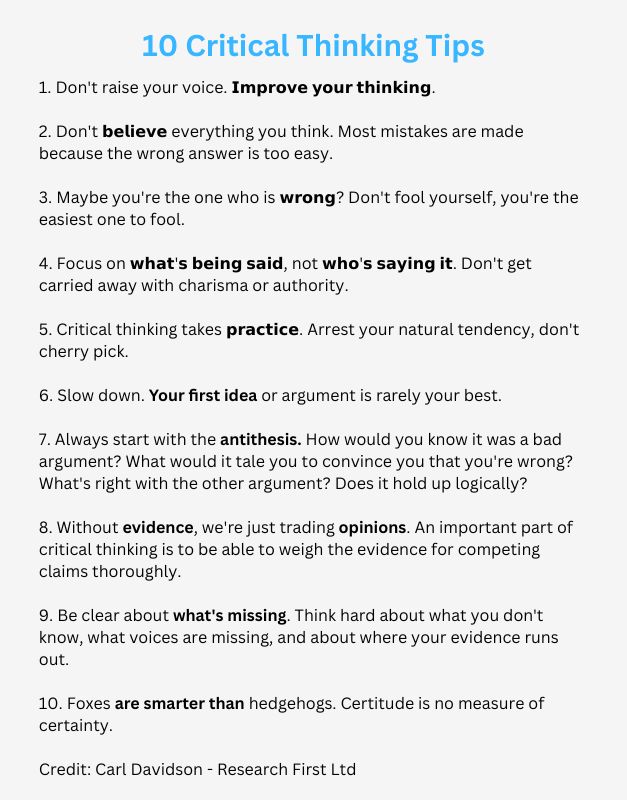Hey friends 👋,
I wish I had known this earlier.
Critical thinking is the most valuable skill you can learn in life.
I was too busy learning and doing the technical aspects of my previous careers and business.
You know the scenario, busy making decisions, developing iron-clad business cases and reports, and giving polished presentations.
But gone are the days of doing exemplary work. That isn’t enough (or even the best use of your time).
What you need now is the ability to think.
I’m sure you’ve experienced many initiatives that stall or fail. Innovation is no different, with a 90% failure rate. So, imagine the countless other wasted meetings, projects and research that go nowhere.
When I went to University (at the age of 48), I learned about critical thinking and, more importantly, how to think critically.
The good news is critical thinking can be learned at any age to improve your career or business skills.
Here are 4 frameworks and some tips that will rapidly upskill your critical thinking:
The WRAP Process
The WRAP process developed by Chip and Dan Heath (they also wrote the ‘must-read’ change leadership book – Switch) has a lot of similarities to design thinking.
Firstly, widen your options by looking for bright spots, best practices or analogies.
Rather than taking a binary ‘this or that’ approach to decision-making, start by uncovering all the alternatives.
Next, reality-test your assumptions. Again, avoid confirmation bias by comparing, contrasting and analysing the assumptions. Even go so far as running small experiments.
Then, attain distance before deciding. Sometimes we are too emotional and connected to make clear decisions. Instead, try asking, ‘what would I tell my best friend?’ or check against core values, or ask yourself ‘, how would you feel in 10 minutes, 10 months and 10 years’ for each potential option.
Most importantly, prepare to be wrong. It’s common to be overconfident in our decision-making. The reality is that there is no perfect decision, so take some time to consider the unintended consequences or other risks before making your decision.
WRAP (and the following frameworks) also align with last weeks newsletter on ‘creative leadership’.
Here is a one-pager for you to use.
Essentialism Framework
Greg McKeown is well-known for his views on essentialism.
He puts forward the concept of doing the right thing for the right reason at the right time. The convergence of the three components provides our highest point of contribution.
Putting it another way. Save your effort on trying to do everything now and make a values-based decision with clear criteria.
One of the most straightforward frameworks to keep in your back pocket.
Pre-mortem Framework
A pre-mortem is a way of managing risk. So often, we focus on the positives and can become over-confident. This technique logically uncovers and analyses the potential risks and consequences.
Often a valuable tool in the resourcing phase of design thinking, it is just as useful for any decision-making.
Start by asking yourself:
- What is the goal or desired outcome?
- What are all the things that could go wrong?
- What actions can you take to mitigate, reduce or eliminate them?
- How will you respond if one of these things happens?

The Cynefin Framework
Cynefin (ku-nev-in) is a problem-solving / decision-making framework developed by David J. Snowden.

You’ll want to read this supporting HBR article to get deep into complex decision-making.
As an overview:
- Best practices are often an excellent way to respond in simple situations with one answer.
- When things are complicated with potentially multiple correct answers, experts provide the logic for understanding clear cause and effect to select the correct answer.
- Complex situations may have one correct answer but are challenging to find. This is when emergence comes to the fore using sense-making and pattern identification (ala design thinking).
- During chaotic situations (such as natural disasters), more rapid response decisions must be made and adapt as you have new information.

Critical Thinking THINKING
Here is a list of practical tips to think about critical thinking provided by Carl Davidson.
Carl is a leading market research and social scientist, having founded the insights company Research First.
I met Carl during my MBA; his teachings have impacted me since. We’re also fortunate to have him as part of our Future-state Thinking community.

Read what people said about Carl’s advice here.
That’s all for today friends!
Inspiration for the post: Alicia McKay.
These frameworks and tips transformed the way I thought about decision-making and I now use them when helping leaders and teams navigate complexity.
I hope they’re useful for you.
As always, feel free to reply to this email or reach out to me on LinkedIn as I’d love to hear your feedback.
Thanks for reading and I’ll catch you next week.
Vaughan
Read what people said about Carl’s advice here.


